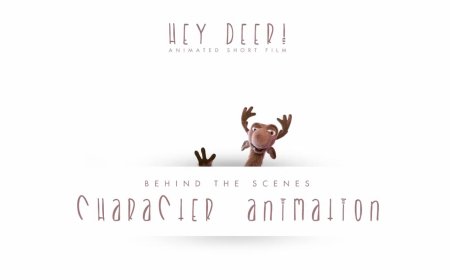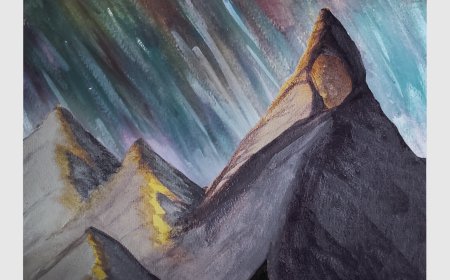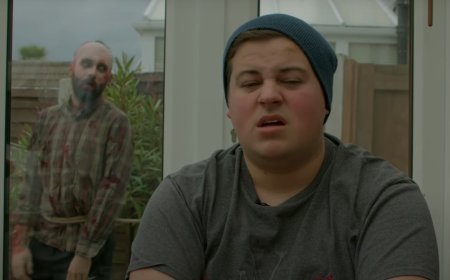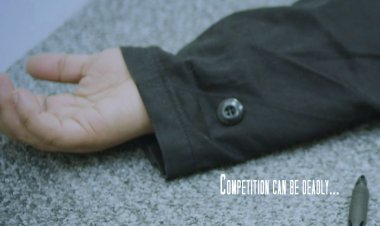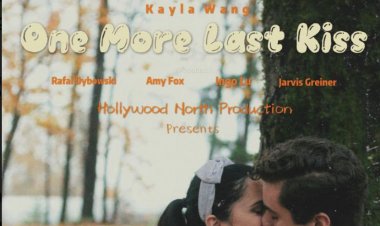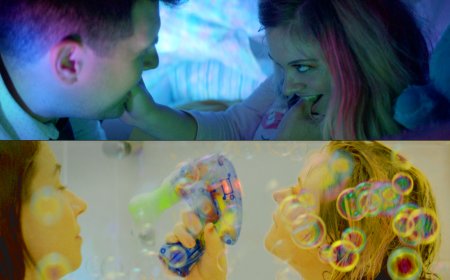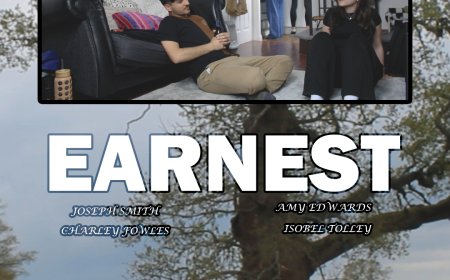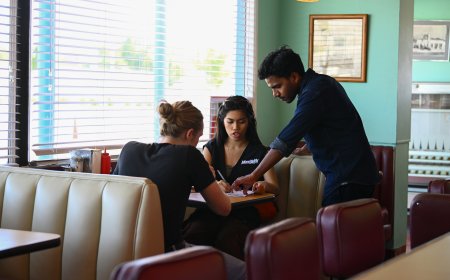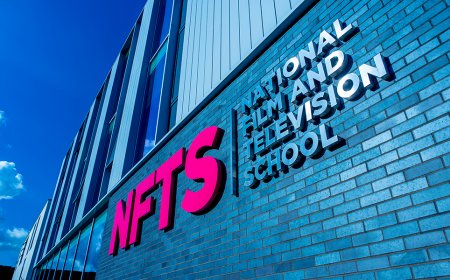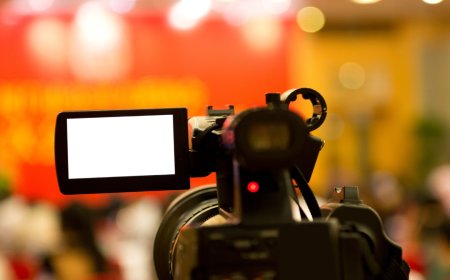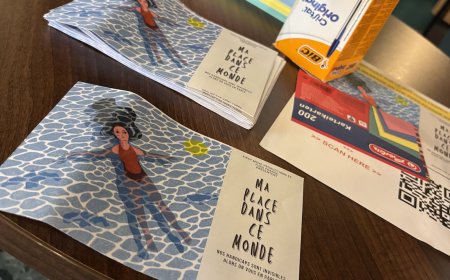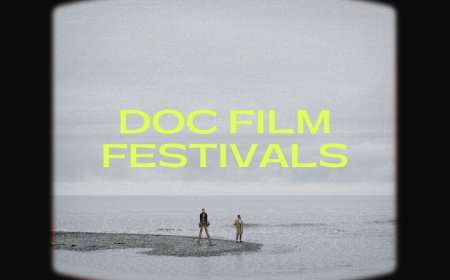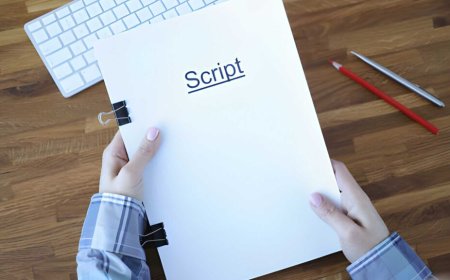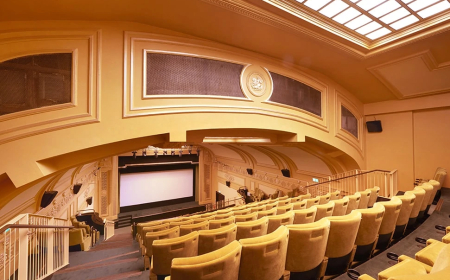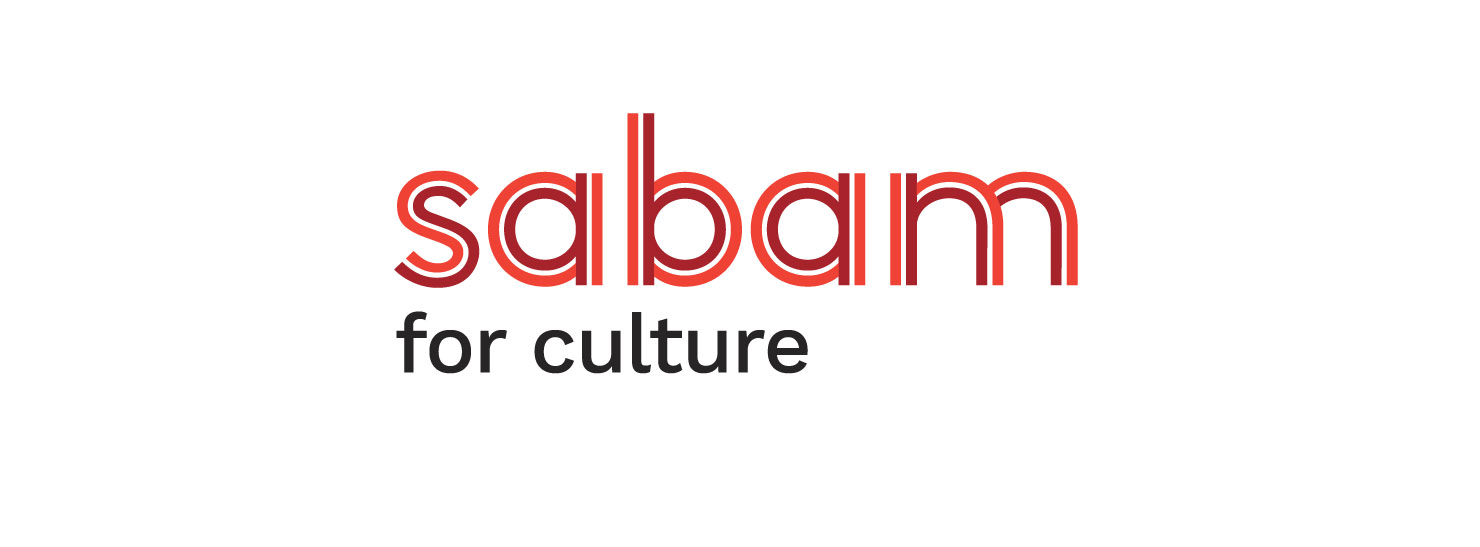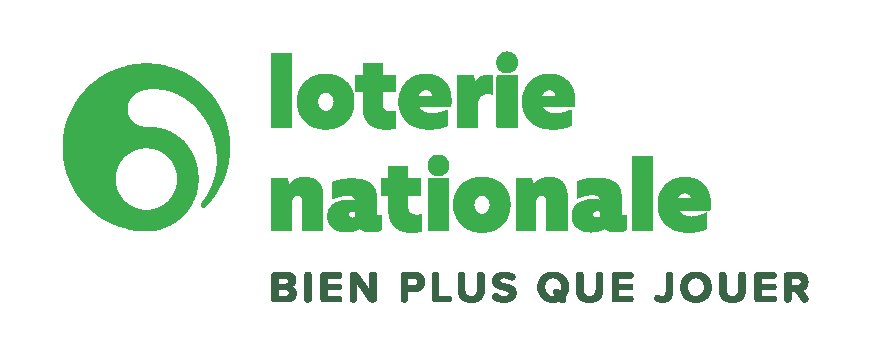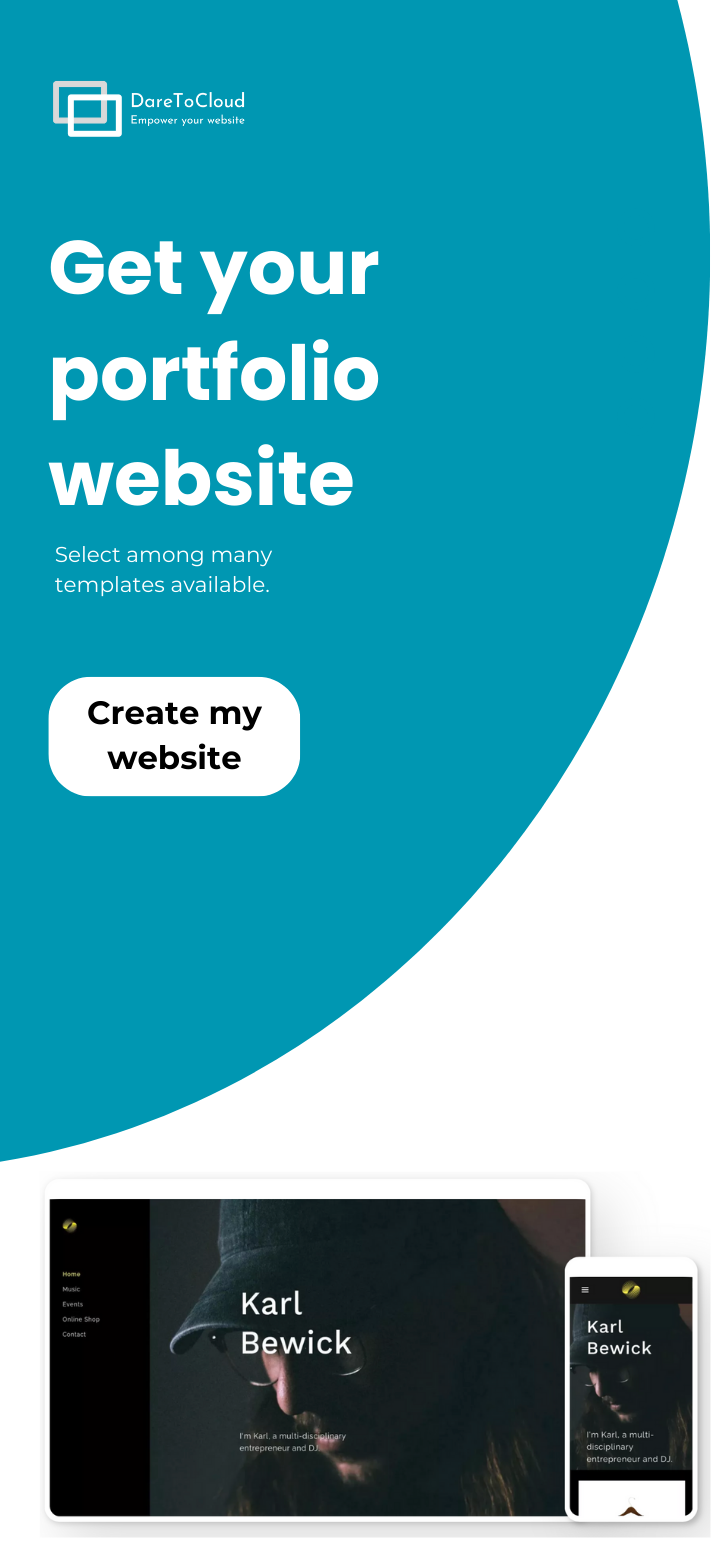The Storyboard: An Essential Tool for short filmmaking
Discover how storyboarding can elevate your short filmmaking process by enhancing visual storytelling, streamlining production, and fostering team collaboration. Learn practical tips and techniques to effectively implement this essential pre-production tool.

Lights, Camera, Storyboard! Why Storyboarding is Essential for Your Short Film
Every great short film starts with an idea. But how do you take that idea from your brain to the screen without getting lost in a chaotic mess of scenes, shots, and dialogue? The answer: storyboarding!
What is a Storyboard?
A storyboard is like a comic strip for your film. It’s a series of drawings (or digital frames) that outline every key shot, movement, and camera angle. Think of it as your film’s blueprint—helping you visualize, plan, and communicate your vision effectively to your crew.
Why Storyboarding is a Game-Changer
-
Saves Time on Set – With a clear plan in place, you won’t waste precious shooting hours figuring out camera angles or shot compositions on the fly.
-
Helps with Budgeting – Knowing what shots you need in advance prevents unnecessary expenses on extra equipment or reshoots.
-
Improves Storytelling – A storyboard ensures that your film flows well, allowing you to refine pacing, framing, and transitions before filming begins.
-
Enhances Communication – Whether working with a cinematographer, actors, or set designers, a visual reference makes it easier for everyone to understand your vision.
How to Create an Effective Storyboard
Step 1: Break Down Your Script
Identify key scenes and moments that require specific framing or visual emphasis.
Step 2: Sketch Your Shots
No need to be an artist! Simple stick figures and arrows showing movement can work just fine. If drawing isn’t your thing, digital tools like Storyboard That, Boords, or even Photoshop can help.
Step 3: Add Essential Details
For each frame, include notes on camera angles (close-up, wide shot, over-the-shoulder), movement (tracking, panning), and any key actions happening in the shot.
Step 4: Review & Revise
Once you’ve completed your storyboard, go through it with fresh eyes. Are the transitions smooth? Does each shot contribute to the overall story? Make changes as needed before you step onto the set.
Pro Tips for Storyboarding Success
-
Think Cinematically – Imagine how your audience will experience the film. Use dynamic angles and compositions to keep it visually engaging.
-
Use Color & Shading – If you have time, adding color or shading can help differentiate lighting and moods.
-
Be Flexible – Storyboards are guidelines, not rigid rules. Be open to spontaneous creativity on set while keeping the core plan intact.
Conclusion
Storyboarding may seem like an extra step, but in reality, it’s a filmmaker’s secret weapon. It keeps your production smooth, your shots intentional, and your final film polished. So before you call “Action!” grab a pen (or tablet) and start storyboarding your masterpiece!
Happy filmmaking!
Useful sources for you to dig deeper:
https://www.skwigly.co.uk/storyboarding-tutorial-pt-1-the-dos-and-donts/
https://milanote.com/guide/film-storyboards
https://www.youtube.com/watch?v=fTrUcTAXQz8
What's Your Reaction?
 Like
0
Like
0
 Dislike
0
Dislike
0
 Love
0
Love
0
 Funny
0
Funny
0
 Angry
0
Angry
0
 Sad
0
Sad
0
 Wow
0
Wow
0

